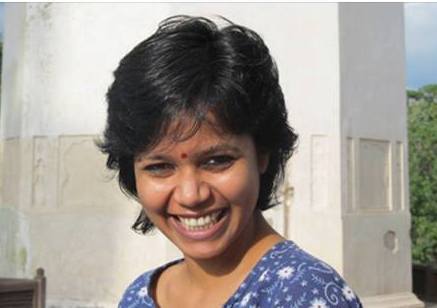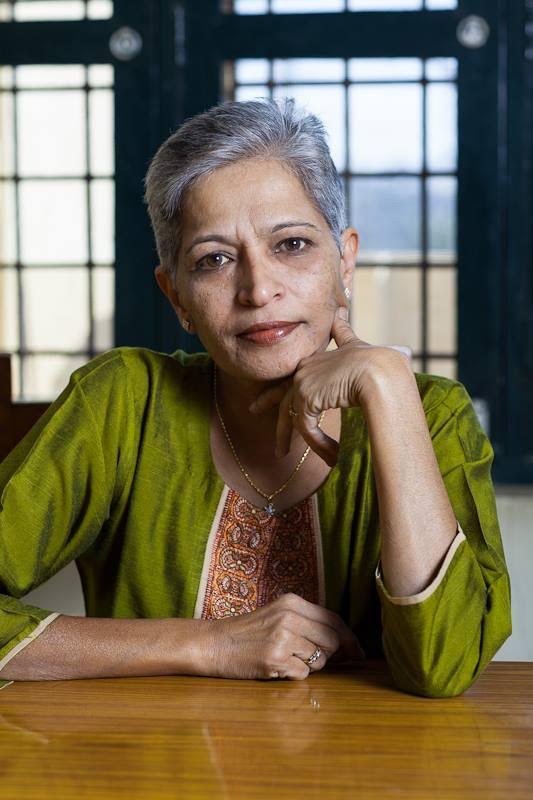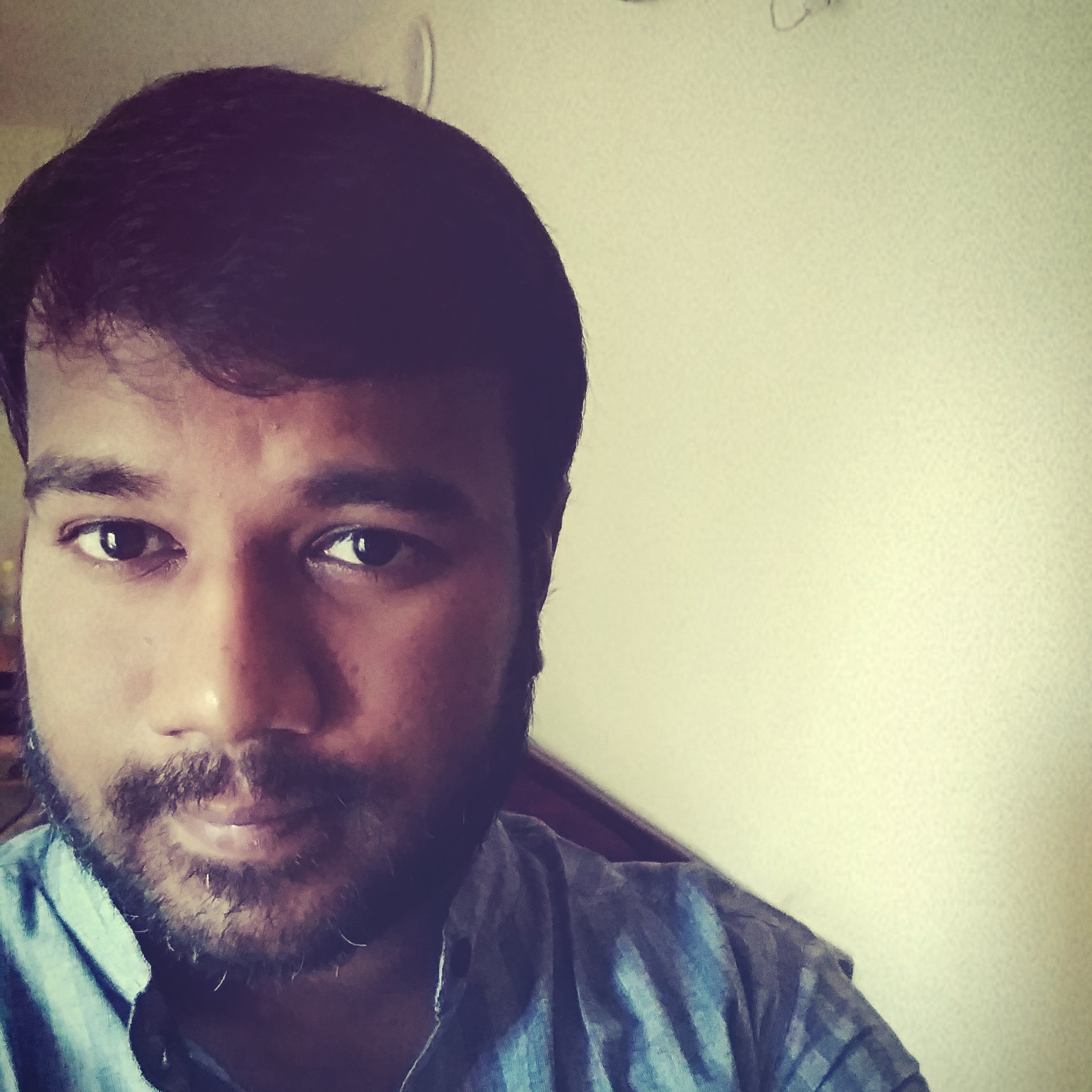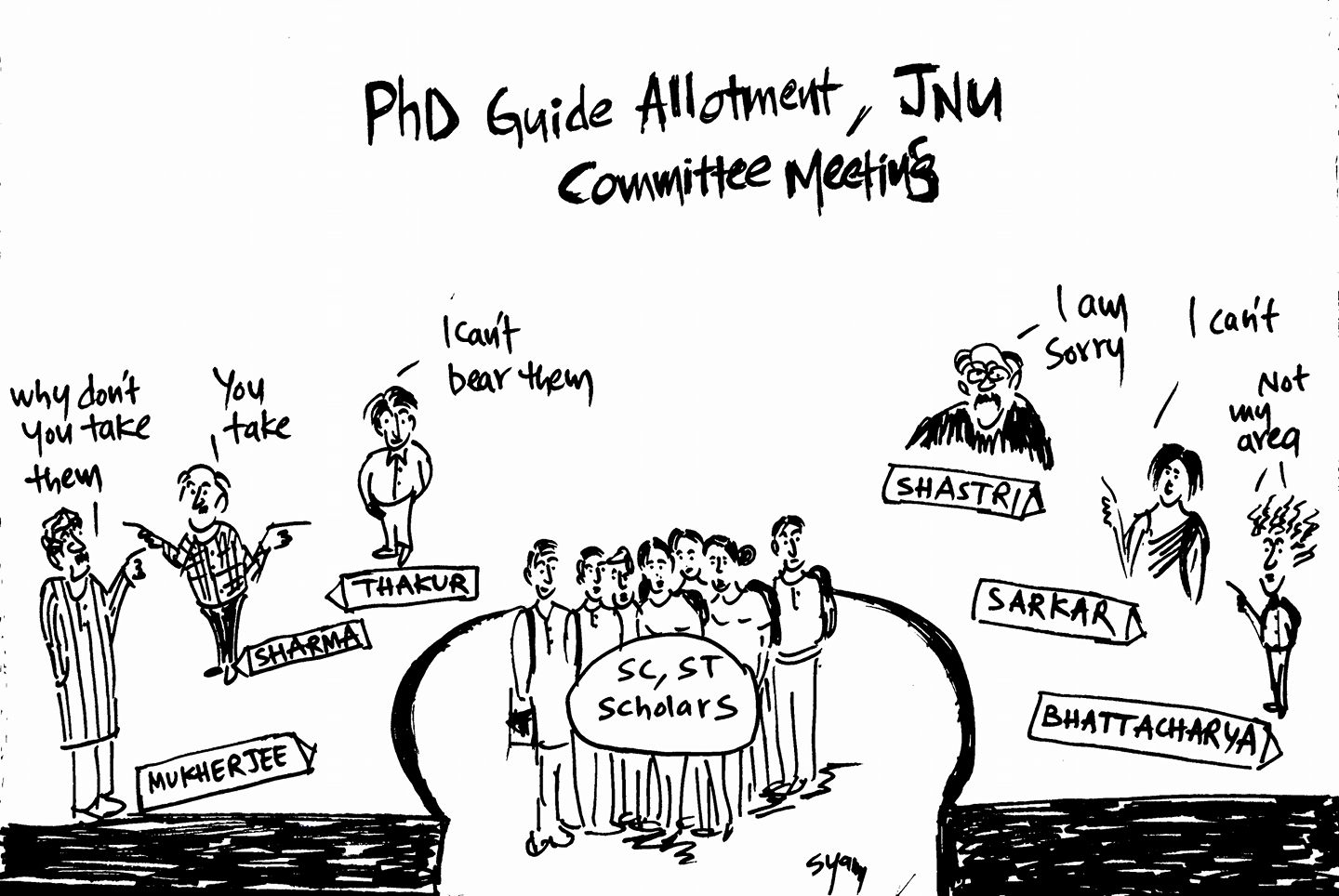Asha Singh
 In the past few days, I have noticed that a few of my Dalit-Bahujan friends are engaged in an uncritical celebration of Leena Yadav’s feature film titled ‘Parched’. I would like to talk about Parched, based on the content of the film and the interview of the Director conducted by National Dastak.i
In the past few days, I have noticed that a few of my Dalit-Bahujan friends are engaged in an uncritical celebration of Leena Yadav’s feature film titled ‘Parched’. I would like to talk about Parched, based on the content of the film and the interview of the Director conducted by National Dastak.i
The film tries to tell us stories of three supposedly unmarked ‘rural women’ named ‘Lajjo’, ‘Bijli’ and ‘Rani’. Lajjo is childless, Rani is a widow and Bijli is a dancer and sex worker.
Leena Yadav in her interview points out that the idea for her film can be traced back to Tannishtha Chatterjee’s experience of acting in the feature film titled ‘Road movie’. In this film, Tannishtha found out that ‘rural women’ have frank conversations on sex. Leena tries to capture this ‘characteristic’ of rural women through Parched.
Further, she adds that the lives of these unmarked ‘rural women’ are similar (even identical) to her own life. In fact, she claims that her non-Indian friends residing in UK and London also have similar stories. In short, undifferentiated rural and urban women across the globe face patriarchy in similar terms, according to the filmmaker.
Leena observes that the artifacts in the film, which include the costumes or even the language was ‘manufactured’ as an assembly of different cultures – a little bit of Gujarati, some aspects of Kutchi, a shade of Harayanvi etc. In other words, she did not want to target/portray or tell the story of any particular caste/ community. She wanted it to be everyone’s story. However, when I watched ‘Parched’ it felt as if Tannishtha Chatterjee, Radhika Apte, Surveen Chawla, Sayani Gupta etc., are social work students on a rural practicum. One of them chose Gujarati costume, the other chose something ‘Haryanvi’ and the third chose the attire of artisan women in order to become ‘rural women’. They added certain popular stereotyped rural expressions in their dialogues and thus manufactured the story of supposedly unmarked ‘rural women’.

The film is keen on the sex-life of ‘rural women’ because it is argued that they articulate sex forthrightly. I am not of the opinion that sex should not be discussed, however one cannot have an exclusive discussion on the ‘sexual’. In other words, one needs to ask what are the conditions of ‘rural womens’ sexual lives? What do they eat, where do they bathe, where do they relieve themselves? How can we discuss the ‘sexual’ without evaluating these conditions? We regularly get to hear and read about women who are out to urinate and are sexually assaulted. Who are these women who need to venture out to relieve them and are assaulted on their way? Very clearly these are ‘rural women’ and most of them are Dalit-Bahujan women who need to wait till dark to urinate or shit since they cannot do any of these during the day, nor do they have toilets in their household space.
My mother lived in remote rural Ahir (Yadav) villages (natal and marital villages) for more than half of her lifetime. She tells me how as a newlywed woman, daughter-in-law when she arrived at her husband’s paternal home she would consume very little food or drink very little water to avoid urinating and defecating during the day.
Even today there are hardly any toilets in my village. Few families have built toilets which are extremely inconvenient with no running water (or any water for that matter). None of the toilet drains are connected to septic tanks or common sewers. They smell really bad and using them is a difficult task. When I visit my village for a couple of days, life becomes impossible. Since I am not used to getting up in the wee hours of dawn to relieve myself, I am accompanied by my sisters during the day to defecate. They keep a watch and immediately report when they see a man passing by. The moment you see a man, you are supposed to get up and stand still. This tedious process which involves the energy of many women, their surveillance and constant ‘getting-up’ are all part of relieving oneself in my village. One can imagine how ‘adventurous’ would be the sexual lives of such ‘rural women’ who do not find any place to urinate or defecate freely!
In such a social-material context, Parched portrays the three main characters, naked at night taking a bath in a river/rivulet. I think this is a cruel joke on the lives of ‘rural women’. This is an impossible, non-serious portrayal. I do not see any liberation in such imaginations. They do not serve any real purpose for rural women where the question of toilets is closely linked to land-caste-gender relations. It only caters to an urban elite audience which is obsessively in need of feminist fairy tales.
Those who claim that Parched is not ‘mainstream feminism’ and is something very different, I would suggest the opposite. Parched is an example of blinded mainstream feminism which tells us that every woman has the same story. With a fraud village and camouflaged ‘rural women’ the movie repeats the same old story. People who sit in clean western toilets and take shower are claiming that every woman has the same story? This film reminds me of shallow women’s studies course works especially a ‘sexuality module’, that too in the form of a crude drama which overlooks many other intersecting issues.
My doctoral thesis primarily focused on Bhojpuri folksongs. I realized that men and women in Bhojpuri agrarian society sing different songs during processes of labour or festivals. Women sing songs while grinding grains, transplanting or harvesting. On the other hand, men sing during harvest or seasonal festivals such as holi, chaita, baramasa etc. Women mostly articulate everyday lives in their songs, which include detailed descriptions of sexual relationships, child-bearing/rearing etc. Material realities in the song cannot be separated or dissected from the sexual details in women’s songs. On the other hand, men often image a ‘hyper-sexual’ woman in their songs. Issues of everyday gendered struggles of women are more or less absent or irrelevant to such men’s songs. Parched reminds me of such songs, which try to separate the ‘sexual’ from the ‘material’.
Though the film-maker claims that Parched could be any woman’s story, it goes without saying that the film was imaged in a rural setting. It is also evident that the women in the village make a living out of handicrafts. Not all women make such a living. In other words, these are women from Bahujan artisan castes who specialize in embroidery work. From the attire of ‘Rani’ one can safely assume that the character belongs to the Rabari community. Rabaris are a nomadic cattle-rearing community, specialized in certain handicrafts. Their embroidery work has commercial value nationally and internationally. Interestingly, the community has conveyed its discontent with the feature film. Though one can argue that their concerns are ‘moralistic’ and ‘patriarchal’ one also needs to recognize that their handicrafts are their most celebrated cultural expressions. One cannot separate these expressions from its producers. When the film-maker exploits these cultural expressions (of great commercial value) to communicate a story, she is ethically obliged to hold Rabaris as potential audience. As per 2001 census, Rabaris included in the Scheduled Tribes list are less than 20,000 in population. Rabari women have a literacy rate which is as low as 23%. No wonder, the community would not receive the status of a respected audience. They can only become orientalist objects and not persons (subjects) who would critically analyze a feature film exploiting their cultural expressions! This film has been made exclusively for an urban, international audience.
As an attempt to fulfill obligations of ‘representation’ the film has a character from the North-Eastern state of Manipur. In the movie, she is the wife of the local businessman and she helps market the handicrafts of the women in the imaginary village. In the movie, one never gets to know why and how did she reach this Kutchi/Gujarati imaginary village, how did she fall in love and decide to marry this local businessman who speaks with a Haryanvi accent and how did she decide to settle down in this village. Even if we were to sideline these questions, I would argue that this character named ‘Naobi’ was treated unjustly in the script of the movie.
She has been force-fed dialogues which fit well with a nationalist discourse. When she is called a ‘foreign’ woman, Naobi replies saying ‘I am also an Indian’. Such deliberate conversations are not part of Leena Yadav’s Parched alone; we have other films in this league – ‘Chak De India’ and ‘Mary Kom’ for example. In such films, one finds a deliberate attempt to force dialogues of ‘I-am-also-Indian’ variety from North-Eastern characters. Parched justifies such nationalist frameworks, where oppressed groups are forced to claim an oppressive ‘nation’. The best moment in ‘Parched’ which further validates ‘nationalist’ imaginations is the close to climax sequence of burning Ravan. I need not explain where this metaphor of good (Ram) winning over evil (Ravan) comes from. Such metaphors have a lot of currency across the board. For example, one knows about savarna feminist obsessions with the representations of Durga-Kali. How are the symbols of this movie any different?
Any conversation on ‘Indian sex’ with an international white audience is incomplete without a mention of Khajuraho or Kamasutra. The movie tries to fill this gap as well. A mystic Sadhu-like figure living in an obscure cave in a mountain is the lover of one of the lead characters –Bijli. Bijli gets her childless friend ‘Lajjo’ to this secret lover as the latter has realized that her husband is impotent. The sexual intercourse between the mystic sadhu and Lajjo tries to fulfill the aesthetics of Kamasutra. In short, it feels as if a sadhu who lives a life of contemplation without any apparent physical exertions or labour is the only ‘man’ who is capable of fulfilling the bodily needs of a woman and ultimately ‘impregnating’ her. In superstitious, caste-ridden society likes ours, visiting Sadhu-Babas for blessings and child-birth is nothing new. It is a well-established industry in India. Parched only mystifies the whole thing a bit, that’s all.
In the entire village there are only two ‘good’ men – a mystic Sadhu and a local businessman. The rest of the men are clearly racialized as sex-maniacs. In short, one starts concluding that these rural Bahujan men are the root cause of all problems. In other words, we only need to defeat or finish off rural men to achieve women’s liberation.
I do not have any personal issue against Leena Yadav. I am fully aware that she may not be exposed to Dalit-Bahujan politics. I do not wish to force my expectations on her either. Feature films like ‘Parched’ keep coming on-screen at regular intervals. I have issues with my Dalit-Bahujan friends who seem to celebrate this movie as a revolutionary feat. Such celebrations, I think, go against the grain of Bahujanvaad.ii We should remember that by celebrating such a film we are legitimizing the argument that Dalit-Bahujan men are solely responsible for the all the problems faced by Dalit-Bahujan women.iii We are identifying their problems with a catch-all term – patriarchy. However, it has been undeniably established that our issues find a better description in the term – Brahmin-supremacist patriarchy which determines the material and patriarchal reality of every single man and woman in this country. If we agree with Leena Yadav’s statement – ‘This (Parched) could be the story of any woman’ then we also agree that we do not need Dalit-Bahujan feminism/s.
This article was first published in Hindi on Round Table India, please read it here. Translated from Hindi by Nidhin Shobhana in consultation with Asha Singh.
~
References
i) https://www.youtube.com/watch?v=PC2tEk7Khz8
ii) मसलन पैन नलिन की ‘Angry Indian Goddesses’. वह ‘रूरल’ नहीं ‘अर्बन’ महिलाओं की कहानी है, इसमें भी तन्निस्ठा चटर्जी ने एक किरदार निभाया है. ‘Parched और Angry Indian Goddesses’ की बनावट, बुनावट और टोन में गज़ब की समानता है.
iii) http://www.nationaldastak.com/story/view/parchd-triwad-but-the-lion-posture-mrdwad-motorable-motorable-
~~~
Asha Singh teaches journalism and communication in a university located in the National Capital Region.










